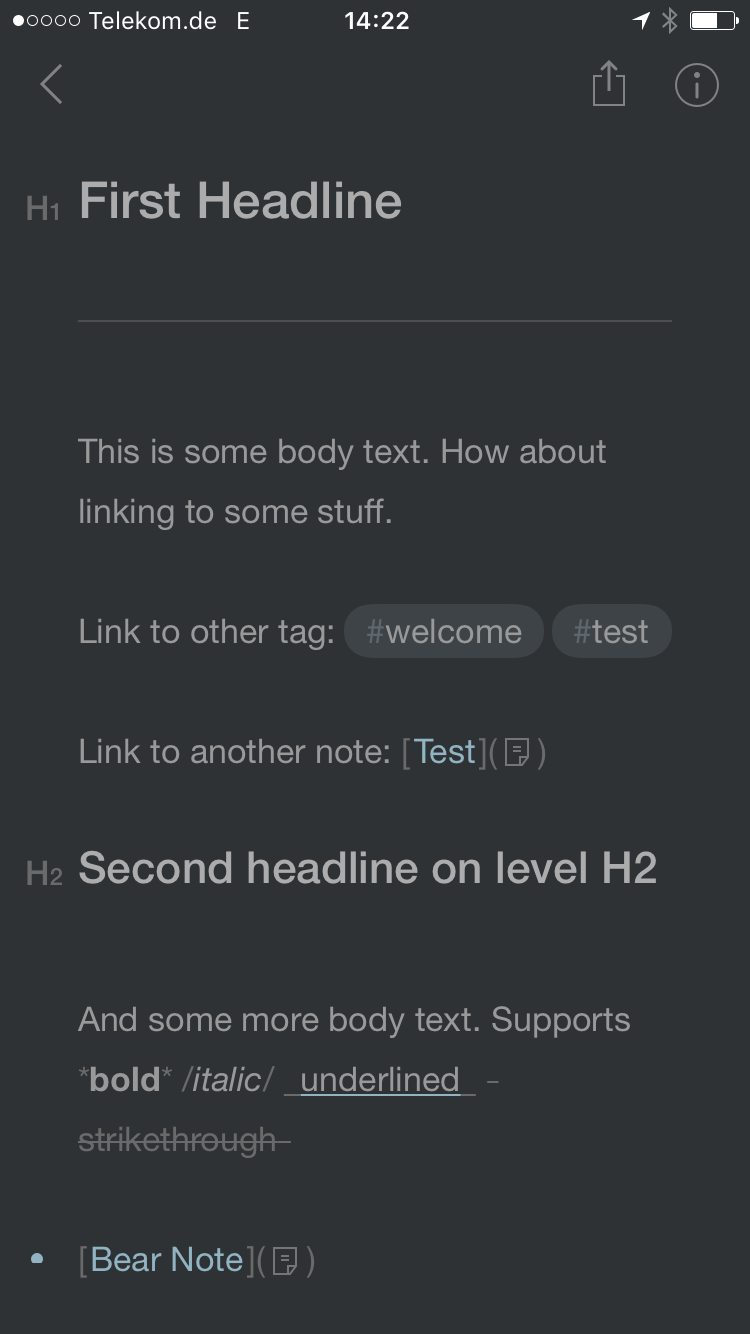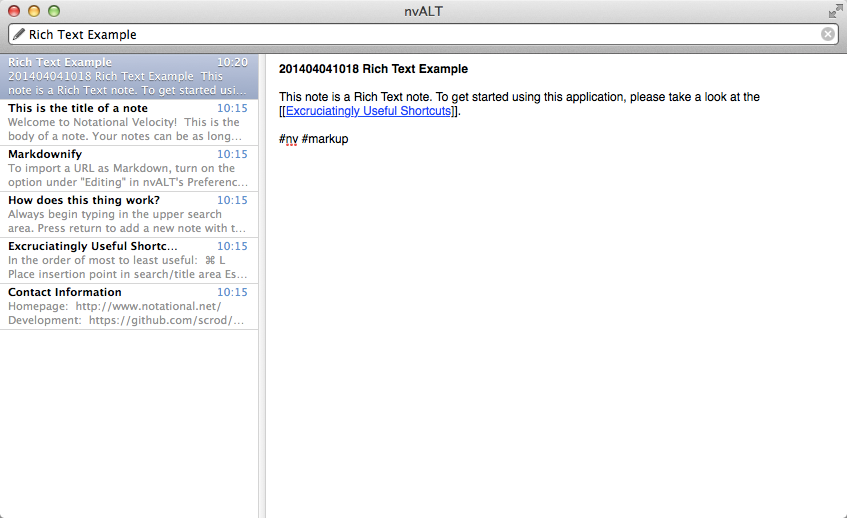

- #Nvalt name change to all note links how to
- #Nvalt name change to all note links pdf
- #Nvalt name change to all note links archive
- #Nvalt name change to all note links full
- #Nvalt name change to all note links software

The developers acknowledge that debt explicitly.
#Nvalt name change to all note links archive
The Archive Attempts to Tackle Note-Taking If you want to read a translation of Luhmann's article "Kommunikation mit Zettelkästen", where he talks about his method, written by Manfred Kuehn, follow this link: Communicating with Slip Boxes by Niklas Luhmann.
#Nvalt name change to all note links full
We have full text search and can search for tags directly in our archive. In the digital world, this is not that important. This was the first entrance for Luhmann if he wanted to get started communicating with his archive.

The third principle is to have a register. The notes are connected by their topic or area of focus and it helps to have the ability to connect them when creating them to build a web of knowledge which leads you to understand the subject under scrutiny. No chance of finding something that got filed at the wrong position.) In the digital realm, this is important when you have a collection of notes on different topics. (Luhmann had 66,000 notes in his second archive, by the way. Remember that in the case of Luhmann's notes we are talking about paper. If the position in the archive changes, the link would break and you couldn't find the note again. With IDs and fixed positions, you can link from one note to another. Which leads us to the second of Luhmann's principles, connectivity. For the notes to be useful, they have to link into a pertinent web of interconnected information. (If you knew in advance, it would not be creative knowledge work.)Ī body of knowledge which grows over time has to build in some sense of connection between the notes. Categories are problematic because you have to choose them before you start, but at that point you do not have a clue where the journey will be taking you. The archive grows along the train of thoughts organically and is not pre-determined by a system of fixed categories. This led to the first of Luhmann's principles: A flexible branching capability. The next note building on this would be 5b, if it branched off in a different direction it would be 5a1. The subsequent note would have the ID 5a. For instance, the initial note might have had an ID of 5. Every note had a fixed ID, every subsequent note had its own fixed ID, if they were related to a previous note, the ID would be build on the previous note. He eschewed the use of categories which would have allowed the notes to move freely within the categories. His big contribution to the system was to assert that every individual note had a fixed position. Luhmann, the primary exponent of the Zettelkästen Method is the first one who used a hypertext approach and propagated a system that worked with paper. The Zettelkästen Method is one answer to some of these questions. Many people have tried to understand and provide answers to these questions over the years.
#Nvalt name change to all note links software
#Nvalt name change to all note links how to
How to build on the knowledge of your notes?.Irrespective of the motivation behind your note-taking, there are some questions which are central to this activity: It is a progression and the notes you take on the subject grow and mutate over a period of time, or over a lifetime. Unfortunately this process doesn't happen in one shot.

You collect various pieces of information and you bring different perspectives to the information and try to distill it into a web of knowledge that is unique and yours. Sometimes your note-taking deals with the creation of knowledge. You read about the subject and you want to synthesize the learning and you want to keep this synthesized information for further exploration or as a memory bank item. There is the need for note-taking when you are learning about a subject. You take notes because you are engaged in the process of gathering information about a topic. You might want to note the URL of the web page and your thoughts about the content of the page.
#Nvalt name change to all note links pdf
This can take the place of a whole page/pages in a web site and you want to keep a pdf file of the content. You come across something interesting about a subject matter you are interested in and make a note of that. There are many reasons why you take notes: MaThe Archive Adds Zettelkästen to the Note-Taking Arsenal


 0 kommentar(er)
0 kommentar(er)
